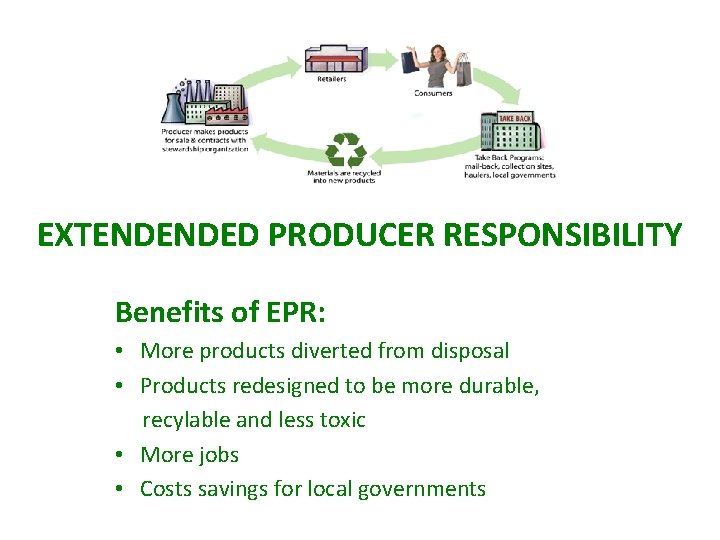This dress from trash could last a thousand years.
An entrant in the Sustainable Neighbourhoods, Waste to Art exhibition, this dress designed and made by mother of two, Britt Timmins, is an eye catching one-off, unique in almost every respect.
Entered under the title: Dressed to Kill, it is fashioned from non household recyclable plastic packaging, textile scrap, shoreline debris and acrylic paint. On exhibition in Toronto, the inspiration for this wearable artwork came from the fast fashion industry and the effect it is having on our environment, said Britt.
“I am an avid upcycler and upcycle mostly textile items actively trying to keep as many textile items out of landfill and extend their life for as long as possible.
I was amazed when I learnt how much plastic is actually in the clothing we wear and the micro plastics just from washing our clothing that end up in our oceans, not to mention the plastics that are left behind after the organic fibres of our clothing decompose.”
“I am so grateful that I live in such a beautiful part of the world and everyday I get to gaze over the gorgeous Lake Macquarie. So I endeavoured to create a statement piece that took both the chronic problem with the fast fashion industry, and the beauty of our own backyard into account.”
“It was honestly quite shocking when I started this journey to actually see what we throw away. Particularly for someone that considers themselves quite mindful of waste, participating in this exhibition has challenged me to find even more ways to reuse.”
……………………………………………………………………………………………………
Finally, a ban on single use soft and hard plastics
The NSW Parliament’s recent passing of the Plastic Reduction and Circular Economy Act 2021 (NSW), makes the State the last Australian jurisdiction to implement a ban against single-use plastic bags. This ban will come into effect on 1 June 2022.
Plastic bags are one of the most lethal plastics for ocean wildlife, entangling seabirds and choking turtles which mistake them for jellyfish.
Going further, from 1st November 2022, the following single-use plastics will also be banned: Cutlery, straws, drink stirrers, polystyrene food and drink containers, cotton buds, microbeads and disposable plates and bowls.
“Despite all its challenges, 2021 has become a historic year in the campaign against fossil-fuel plastic,” said Shane Cucow, Plastics Campaign Manager, Australian Marine Conservation Society (AMCS). The ban couldn’t come soon enough: “Every day we wait, we lose more animals to the scourge of plastic pollution,” added Mr Cucow.- 16 November 2021.
………………………………………………………………………………………………….
Out of it our lives, the landscape, landfill and the oceans.
We need to make a bigger deal about plastic – such a big deal that we get the fossil fuel version out our systems
Continuing with the story from the last issue, we referenced the book: The Plastic Problem: 60 small ways to reduce waste, by Aubre Andrus we get 60 actions to challenge our obsession with this nightmare of the industrial revolution. The book is written for parents and children, and we started listing some of the actions. Here’s the next 23 to keep in mind.
Time to deal with lunch …
Action #23: Replace squeezable snack and juice pouches #24: Switch to reusable zip-top bags and lunchbox containers $25: Make homemade single portions $25: Recycle properly into paper, tins, plastic, garden greens and food scraps #27: Ditch plastic cutlery #28: Give up gum
Now going out to eat:
Action #29: Skip the straw – Sip from the side #30 Pass on takeaway lids #31 Order the cone instead of the cup #32 Be proactive and say, “No thank you” to takeaway cutlery – because we take our own #33: Forgo the takeaway container – take a refillable container #34 Don’t grab single-serve items #35 Keep food out of the recycling bin #36: Ask for a change – speak up. Tell the owner or staff why plastic is so harmful for nature
Now into the Supermarket …
Action #37 Bring our own reusable bag #38 Skip the produce bags #39 Buy in bulk #40 Recycle plastic bags properly #41 Pay attention to packaging #42 Put pressure on wasteful companies #43 Think twice about bottled water #44 Filter your water without plastic
Now let’s check out School …
Action #45 Use a pencil $46 Care for your stuff so you can reuse it over and over.
………………………………………………………………………………………………..
Choose to refuse, reduce and reuse, before the worst of options – recycling
Not all plastics are made equal. The triangle symbols with numbers one to seven (or Plastic Identification Codes) are used to represent the type of plastic the item is made of. While every plastic type is technically recyclable, not all plastics are accepted in council kerbside recycling.
This is the second most common recycling myth as nominated by councils.
Research from the Australian Plastics Recycling Survey 2016-17 revealed that out of the 3,513,100 tonnes of plastic consumed annually, only 11.8% of consumer plastic in Australia was recycled.
41% of Australians incorrectly think soft plastics can be recycled at home.
1 Soft plastics like cereal and pasta bags, bubble wrap and plastic shopping bags should not go in your council recycling bin.
2 Nor should recyclables be put inside a plastic bag (items should be put in loose in the recycling bin). These cause problems at the sorting facility. BUT first and foremost, BEFORE we recycle, best to refuse, reduce and reuse,
Reduce: Avoid single-use items and where possible avoid packaging by buying in bulk at wholesalers and farmers markets
Reuse: Use BYO takeaway containers – search Trashless Takeaway; and BYO fruit and vegetable bags plus BYO coffee cup and water bottle.
Recycle: On packaging look out for the Australasian Recycling Label (see above) and recycle soft plastics at supermarkets through REDcycle.
SOURCE: Planet Ark
MMM … Issue 29, May 2022



